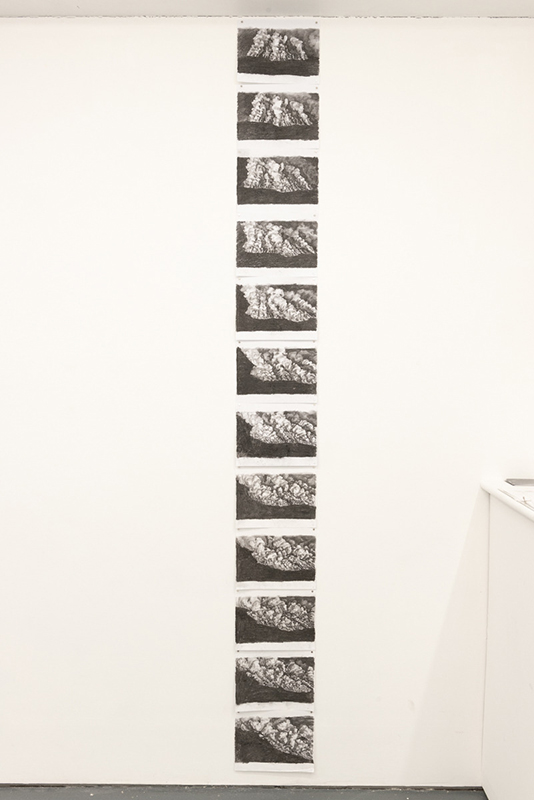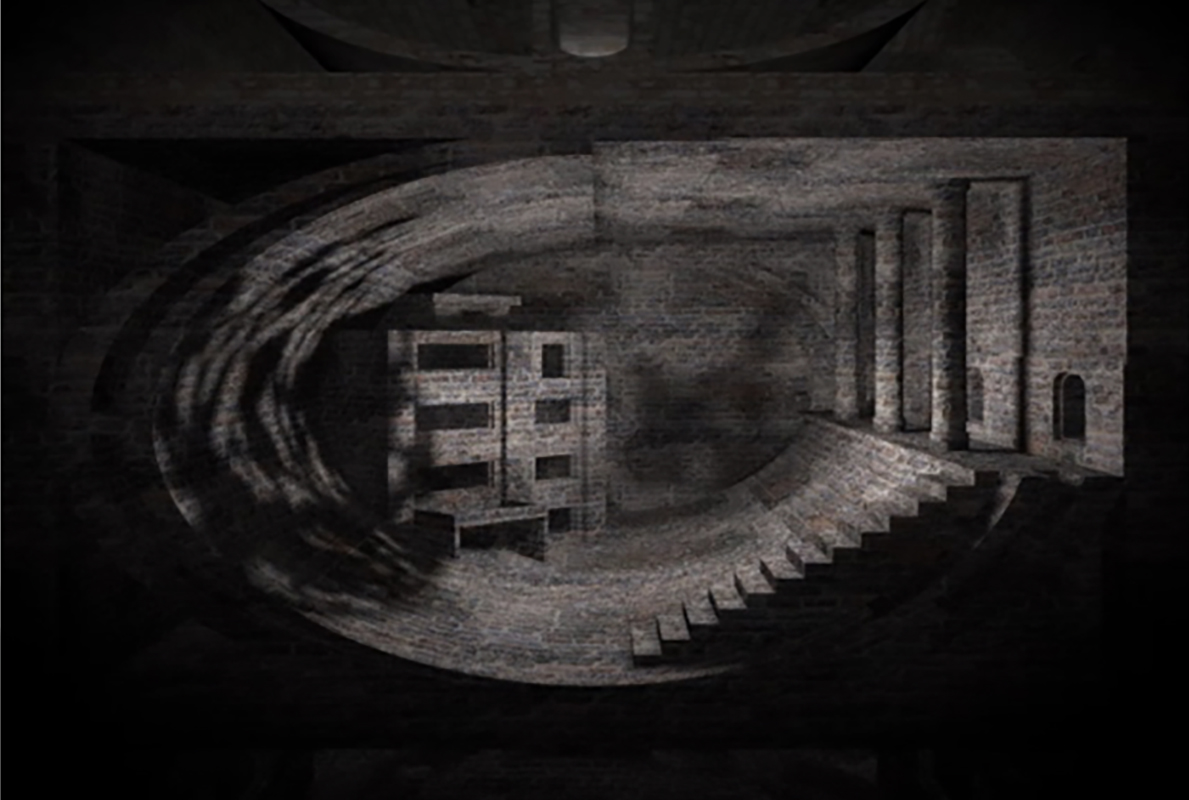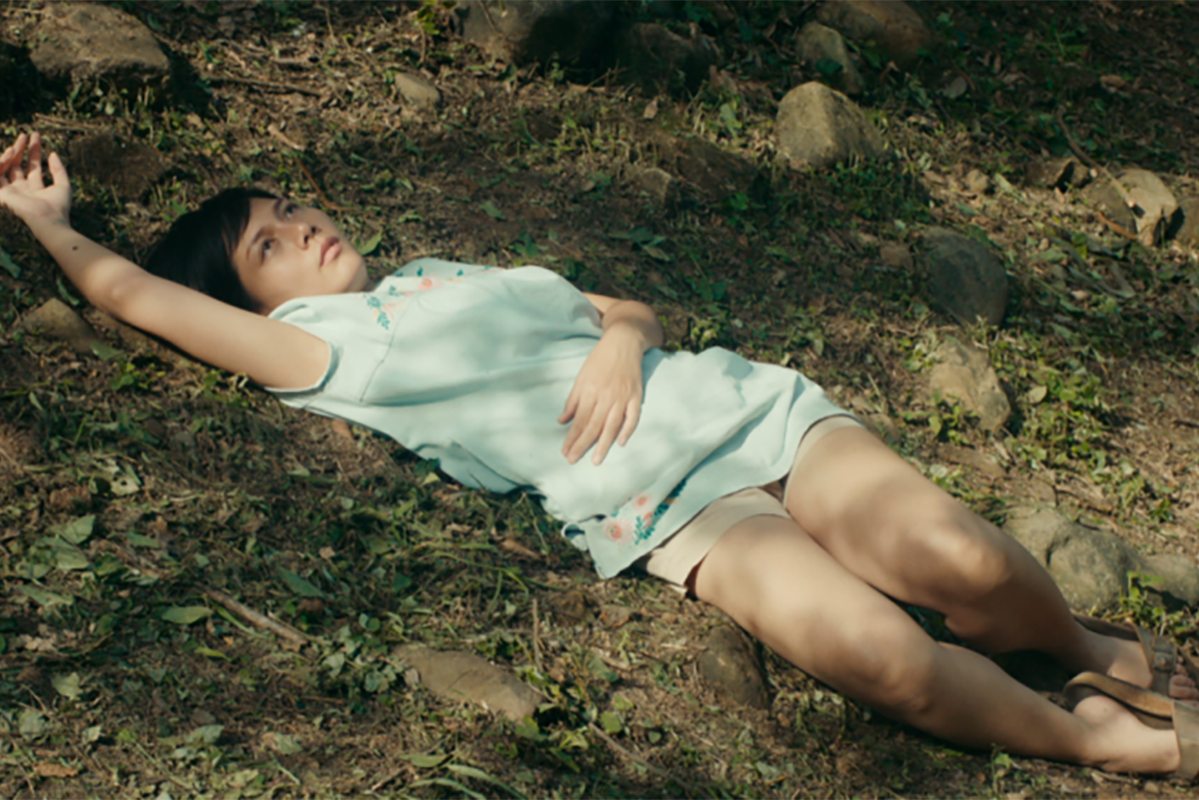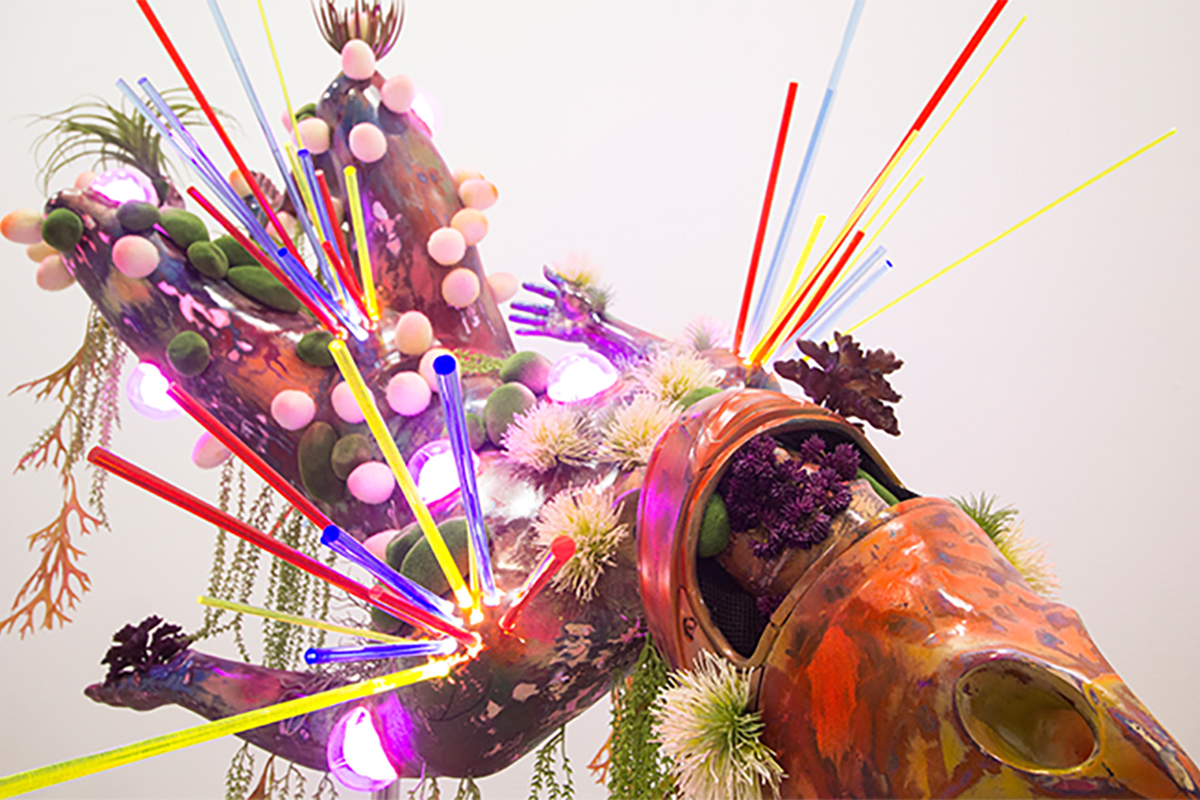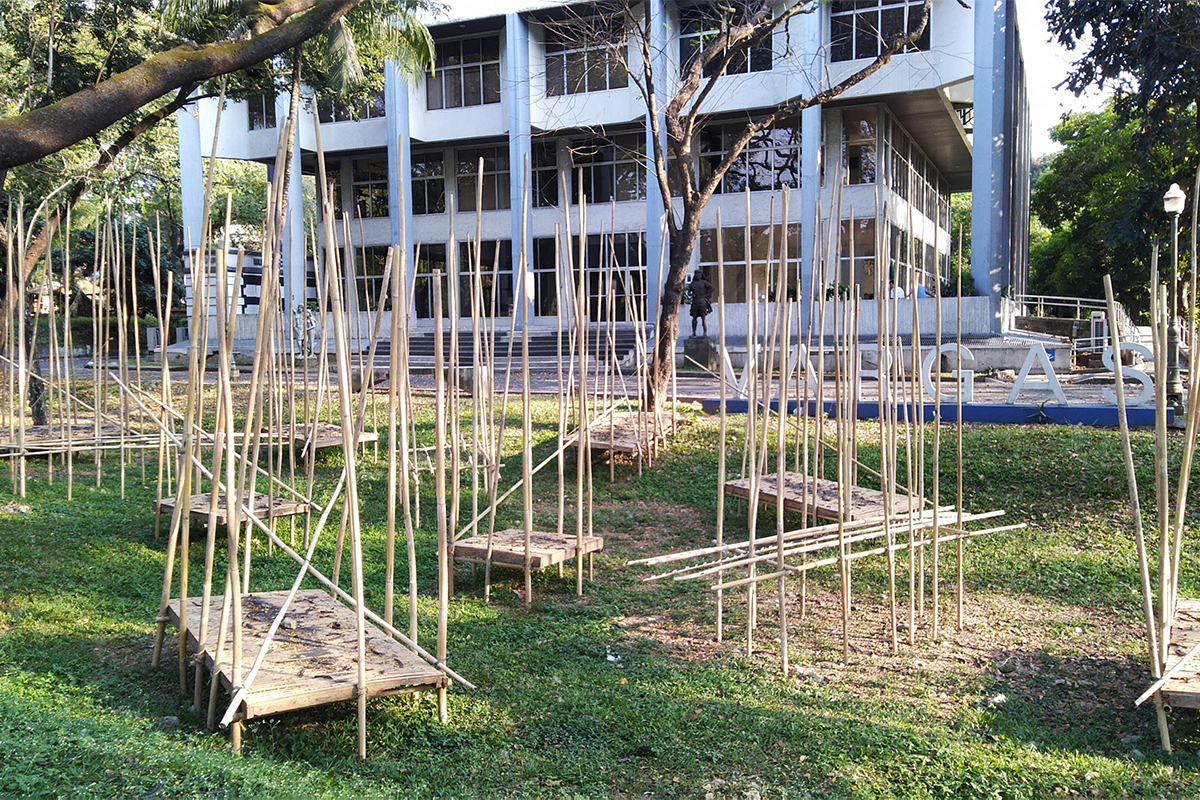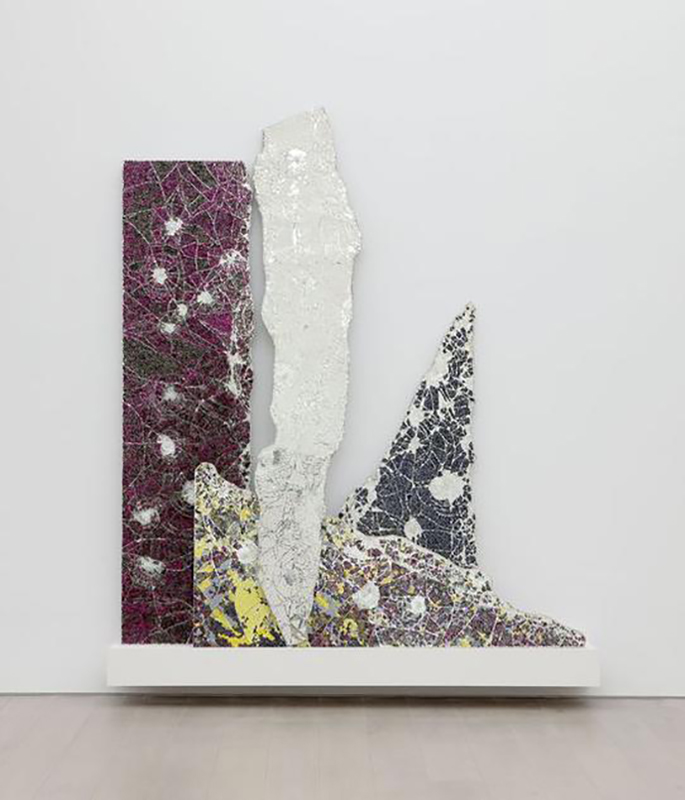The violent and the sudden are subdued in Kakyoung Lee’s Smoke Series–2, an animation that portrays the eruption of an underwater volcano through 120 unique charcoal drawings in an unhurried, unrelenting sequence. The black and white etchings allay emotional suggestion, as we are left to observe an ash plume rising, encompassing the screen in striking detail. The clinical rendering of this catastrophic event places us at a stilled sense of removal, all the while drawing closer to the science of plate tectonics: how the earth shifts continuously behind our backs, under our noses, beneath our feet.
The persistent indifference of natural time often takes us by surprise, inspiring wonder at how it subtends all forms of life. Pronounced in the silent video of Buhm Hong entitled Empty Space—an image series of places the artist had previously dwelt in, yet devoid of any trace of him—is a feeling of estrangement, of a subject tethered to an unfamiliar place and uncertain time.
It’s this ‘situatedness’ that connects the works in this edition of Cut & Curated, as each activates a similar form of cognition. Tulapop Saenjaronen’s People of Sunday (2019) follows a set of non-professional actors in a leisurely, candid Sunday afternoon at the park. Essentially documenting these strangers interact with each other as friends during their free time. In their sanctioned vagrancy, Tulapop’s film is an uncanny depiction of workers scripted to “not work.” Come the second and third act, we watch a behind-the-scenes of the shoot unfold until the film concludes by showing its own post-production process in a modest rental studio. The shoots had to be on a Sunday; otherwise, the actors would be too busy with their actual jobs. The film’s meta-perspective levels what happens both in and out of frame, revealing the paradoxes of work and life that follow.
Apart from daily life, uncertainty hangs heavy in imaginings of the future. Leeroy New’s installation at The Drawing Room, Dressing for the Edge of the World, features elements from both retrofuturist and dystopic sci-fi. Assemblages of bulky scrap metal, salvaged helmets and bikes, led lights, and wild flora are displayed in a motley burst of color. Meanwhile, a fevered curatorial note plunges its readers into the aftermath of a disaster beyond the threshold of future detectability.
Closer to home is artist Junyee’s Kwarantin, an installation of bamboo beds that was set for display outside the UP Vargas Museum until, ironically, the government’s lockdown was declared and took effect. The use of bamboo to create these enclosures was an insightful use of material: tall, sturdy, but not inflexible, often swaying along wantonly with the wind.
Last is Bharti Kher’s The Unexpected Freedom of Chaos at Galerie Perrotin, which explores the almost neural relations between the body, mind, and soul, and the idea of identity in the tensile process of transformation. The layering of bindis on broken mirrors, as in her sculpture, “The single white line that heard the future calling,” indicates the possibility of a multiple self, though not without ruptures, breaks, and shatterings that contribute to a unique composition. Suggesting that, amid uncertain topographies, experimentation and invention are tools better fit to prospect new lands.
Anchor Photo: Kakyoung Lee. Antimation still from Smoke Series-2. 2020. Courtesy Tiger Strikes Asteroid. Photograph by Yael Eban.
For Zero Hunger PH
We thank the artists Kiko Capile and Manix Abrera, as we happily pledge part of the proceeds from our “Athena” and “Mandirigma ng Dalam-Hati” tote bags to Zero Hunger PH’s crowdfund. Zero Hunger PH is a youth-led movement aimed at creating and distributing food bags to the homeless and families at risk, following the ECQ’s suspension of work.
To learn more about initiatives like Zero Hunger PH, Help From Home PH is an online information hub that connects people who want to help with people who need it the most.


